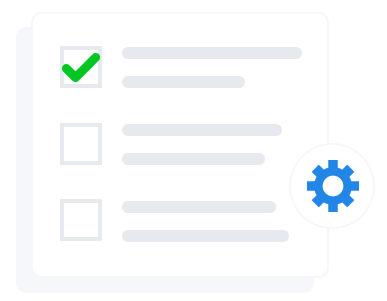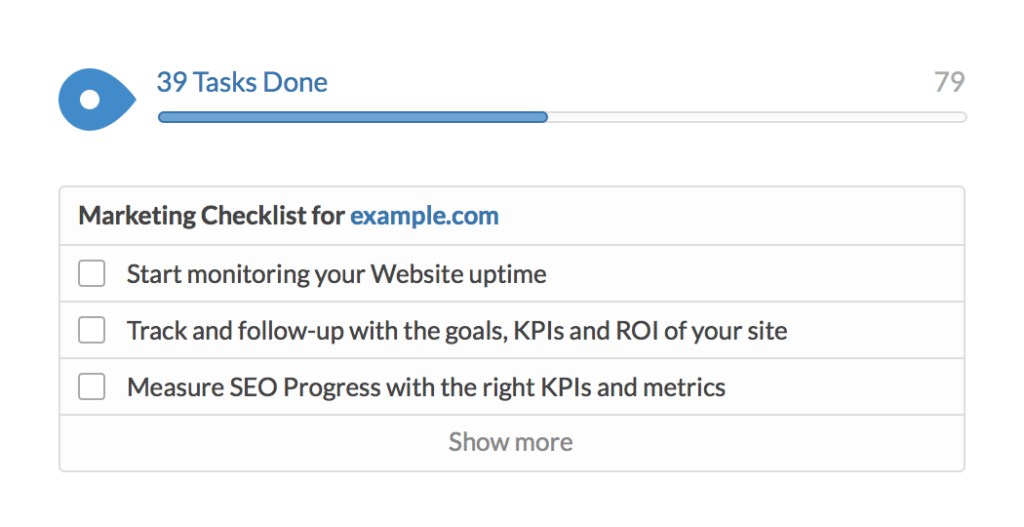In our three-part trade show marketing series, we will cover before, during, and after a trade show (planning, at-the show, and results measurement).
No question trade shows are one of marketing’s biggest budget line items including exhibit construction, storage, transportation, erection and space rental, not to mention staffing and travel expenses. Therefore, the planning phase is of increased importance and the first step (of course) of all trade show events.
The trade show planning phase should consist of the following 5 steps: trade show research/selection, goal setting, display selection, budgeting, and pre-show promotion.
1. Trade Show Research and Selection
There are thousands of trade shows per year and many marketers have reduced their trade show marketing budgets, often by eliminating certain shows. Therefore, the selection process is even more critical. The most important thing is to choose relevant trade shows to your company. Need help researching trade shows in your industry? Consider:
- What trade shows do your competitors exhibit at?
- Using tools like Trade Show Finder, or Events in America to narrow your search
- Going as an attendee first
If your competitor attends a particular trade show, it may be relevant for your business (though this is not reason enough). Visit each trade show website and determine the following 5 basic factors that are important in determining if the show is right for your company:
- Date
- Location
- Cost to attend
- How many exhibitors
- Audience
2. Trade Show Goal Setting
Setting goals is a seemingly obvious, but often negelected aspect of attending tradeshows. Be sure to make MEASURABLE goals and that ensure they align with your overall organization. Common goals include:
- Sales
- People
Once you establish what you want to accomplish, make it measurable. Then, you will have a real objective to meet.
3. Types of Trade Show Displays
Below are 9 types of trade show displays (via CamelBack Displays):
Pop-Up Displays: Pop ups provide portability, ease of set up, a lower price point and many options to customize your exhibit. They are used as a solid-looking back wall in most cases. Graphic mural panels can be added for higher impact, making your display stand out with a unique message. Pop ups work by using a frame that opens up (accordion style), allowing a structure for mounting fabric or graphic panels to it to create 1 large image wall or fabric wall.
Panel Displays: Panel systems, like pop ups, add a solid looking back wall to an exhibit booth, but because panel systems are a little more structural, more things can be done with them. Standard panel systems can be used for table top displays and back walls, but custom panel systems can be used to make large island exhibits that encompass many options such as back lighting, product display, counters, bridges, and more.
Hybrid Displays: Offer an up-to-date, modern look to exhibiting by using metal extrusions, graphics, dye cut panels, counters and more. Hybrids are a great custom looking step up in value from standard pop up walls and can make your company stand out more without the high price tag that custom exhibits require. They are also portable and easy to set up with most models packing down into a few panel cases. Set up is more difficult than a pop up, but not by much.
Truss Displays: Truss systems not only add structure to an exhibit, but probably offer the most variety of design options too. Practically any exhibit shape can be made using truss from standard perimeters and hanging displays to custom kiosks. Truss comes in a myriad of looks from the beefy stage lighting truss you see at concerts to design truss used for displays. Truss can be powder coated in a range of colors, covered with graphics, made into counters, shelves, chairs, podiums, displays and more. There is nothing like truss to display huge graphics. Truss really lends itself to huge displays that reach into the air.
Tension Fabric Displays: Tension fabric exhibits utilize aluminum poles and extrusions and stretch large fabric graphics to create beautiful walls and displays. Many of the same accessories can be used on this type of display such as lighting, shelving, monitor mounts, etc. but each system is different. Tension fabric systems offer a very unique look with many custom shapes or off the shelf solutions. Most collapse down for easy shipping and are a breeze to set up.
Hanging Displays: Get your message up high by using hanging displays. These systems utilize pillow case graphic attachment and come in a huge variety of shapes from rings, square and pyramids to uniquely custom shapes. Most are lightweight, collapse down to fit inside a small carry case or bag and are very easy to set up and tear down. Hanging them from the ceiling of the exhibit floor requires labor help.
Graphic Tent Logo Canopies: You see these things everywhere. Logo canopies displayed in grocery stores, festivals, special events and even at trade shows. The great thing about a logo canopy is that it’s easy to use and encloses a space very well, displaying your graphics on the valance, back and side walls. Most operate the same way, by opening a frame with the printed canopy already attached.
Pipe and Drape Displays: At trade shows, pipe & drape is the backbone of the event, providing all of the exhibit spaces from standard 10’x10’s to huge island booths. It is as the name describes; simply a framework of connected pipe with fabric drapes hung on them. What makes pipe & drape an easy trade show display is that you can print your own drapes, hang graphics or banners onto the back wall and side rails to give your exhibit booth a custom look.
Banner Stands: Banner stands are the workhorse of marketing and at tradeshows, they can be indispensable. Banner stands utilize a banner and a mechanism for displaying that banner. There are retractable banner stands, tension banner stands, telescoping banner stands and more. You can gang up banner stands to create a graphic wall, use single units aside larger graphics as support messages and even use motorized banner stands to attract attention using motion.
4. Trade Show Budgeting
You know what type of display you want, but will it fit into your budget? Trade show budgets are typically spent in the following way (Trade Show Institute):
Is this your first trade show? You may not have past numbers to rely on. Therefore you will need to come up with a “ballpark budget”. Trade Show Week recommends two ways to come up with a ballpark budget:
- Figure your total trade show cost will be three times the cost of the exhibit space. For example, if your exhibit space for a show cost $3000, your total show budget will be about $9,000.
- If you are not sure what shows you will be attending and therefore, do not have definite booth space costs, you can base your assumed budget on square foot cost. The average square foot cost for exhibits is $22.32. Therefore, if you are planning at 10 x 10 booth (100 square feet) your costs should be $22.32 x 100 x 3, or $6,696
The following should all be trade show budget considerations:
- Booth/Exhibit Space cost
- Exhibit Display (see more about types of displays below)
- Shipping/drayage costs
- Advertising/Promotion costs
- Travel expenses
- At-show services
5. Pre-Trade Show Promotion
The average trade show has over 400 exhibitors, where the average attendee will visit about 21 exhibits, and that average attendee walks into the show with a list of 75% of the exhibits he/she wants to see (Skyline). Yet. research has shown that pre-show promotions are still an under-utilized tactic. Get the word out about your attendance as early as possible to make their list!
Here is a promotional checklist to get you started:
Please link to other blogs in this series: At the Show Tips, and post-show Results Measurement, and share any tips you may have in the comment box below! Or, visit our Trade Show Marketing Portfolio.







